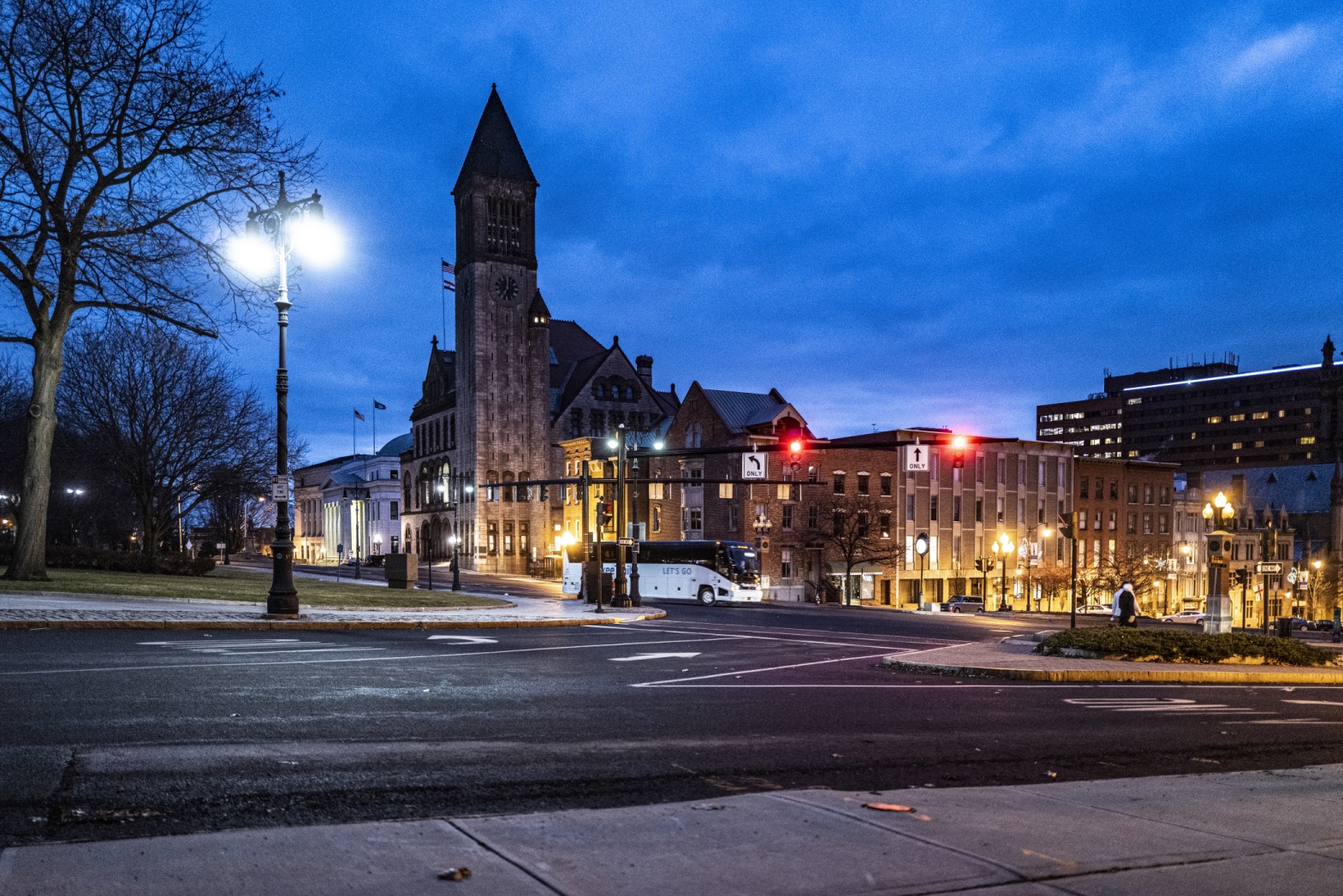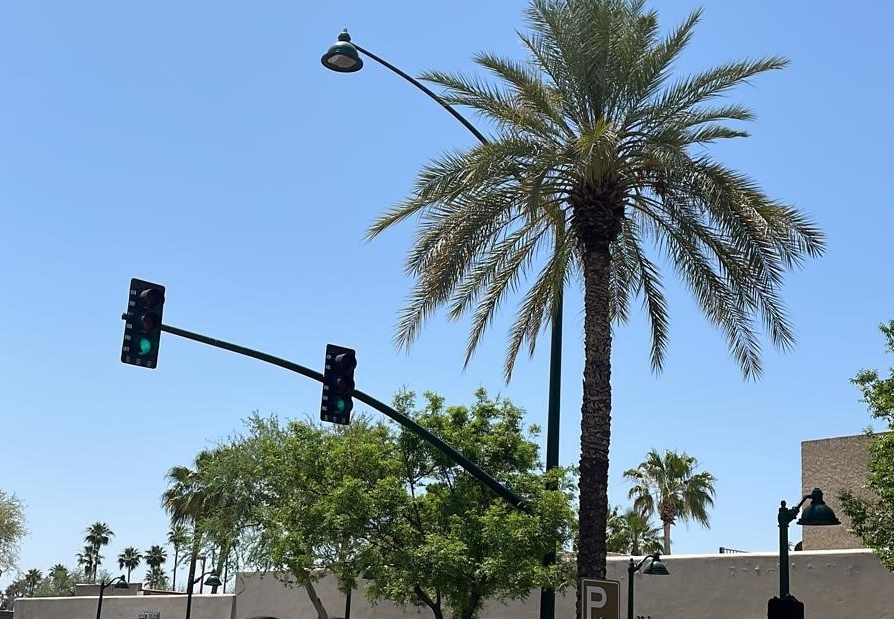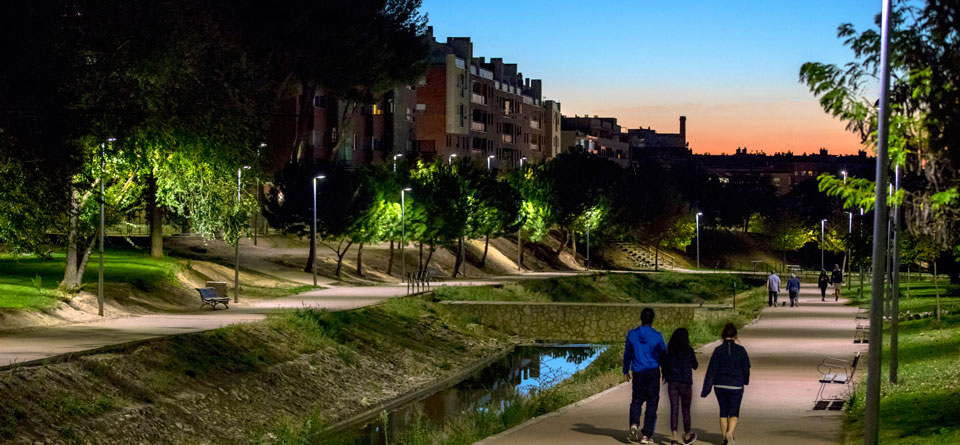
Street lighting provides a strong foundation to make cities smart, livable and sustainable
28 September 2023
By Scott McCarley, End User Marketing Lead, Systems & Services, North America, Signify
There is no shortage of challenges facing today’s municipal leaders. You’re tasked with finding ways to improve walkability and public safety, all while trying to drive a reduction in carbon emissions and energy consumption. Addressing all these areas may seem daunting, but it doesn’t have to be…
You stand to make your city or town smarter and more sustainable by leveraging your street lighting infrastructure. It’s truly an undervalued resource that can provide much more than simple illumination – it can help you push the boundaries of what’s possible for your municipality.
Street Smarts in the Empire State
Take Albany, for instance. The city collaborated with the New York Power Authority to first upgrade its nearly 11,000 street lights to an energy-efficient, smart alternative. It realized an immediate drop in city-wide greenhouse gas emissions from the conversion, according to the city. And the sustainability benefit was only the beginning.
“As we looked at the technology and as we saw what was possible, it really became about public safety and equity,” said Albany Mayor Kathy Sheehan. “It allows us to do a number of things that are really helpful to our communities.”
For one thing, the new connected street lights provide a better quality of light, enhancing residents’ quality of life and also making it easier for police officers to patrol neighborhoods after dark. The technology also helps make it easier for both pedestrians and vehicles to see and be seen in Albany.
“Under our old system, if a street light went out, our residents would have to write down the number on the pole and call our utility provider, and the utility provider would swap out that light. Now, we immediately know when a light is out,” Sheehan says.
In many neighborhoods, the rapid resolution of street light outages can have important downstream effects – for example, residents report feeling more comfortable with having the around-the-clock, well-lit areas.
Building a Bright Future
With connected street lighting infrastructure in place, your municipality has the foundation to enhance operations and deliver better service to citizens.
NYPA and Albany are preparing to pilot a sensor solution to help departments collect and visualize data and trigger smart city projects. For example, the sensors can detect where an open parking space is and share this data with mobile parking applications to notify drivers and direct them to the space. Not only will this help reduce traffic congestion and support economic activity – but it also offers a potential new revenue stream for the city.
The sensors can also identify vehicle queue sizing on streets and understand public transportation and bike lane usage. With this data, the city can improve traffic and bicycle lane planning.
A Smart City Platform
Given recent federal infrastructure investment, it has never been a more opportune time to consider upgrading or extending your existing street lighting. It offers the robust infrastructure your municipality needs to start your smart city journey, tackle challenges such as transportation, public safety and sustainability, and improve citizens’ quality of life.
Brought to you by:








